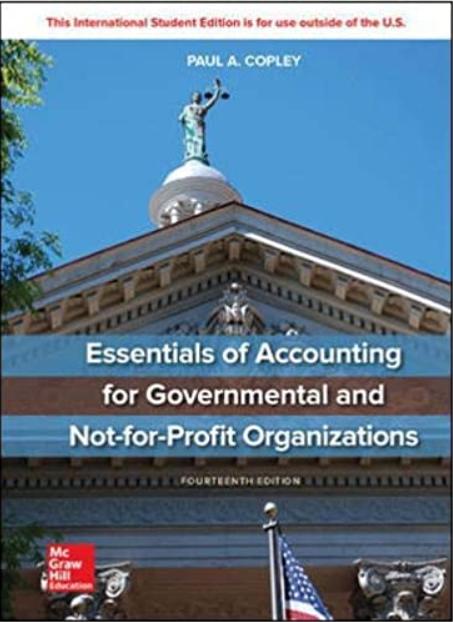Answered step by step
Verified Expert Solution
Question
1 Approved Answer
On January 1, 2011, Marshall Company acquired 100 percent of the outstanding common stock of Tucker Company. To acquire these shares, Marshall issued $200,000 in
On January 1, 2011, Marshall Company acquired 100 percent of the outstanding common stock of Tucker Company. To acquire these shares, Marshall issued $200,000 in long-term liabilities and 20,000 shares of common stock having a par value of $1 per share but a fair value of $10 per share. Marshall paid $30,000 to accountants, lawyers, and brokers for assistance in the acquisition and another $12,000 in connection with stock issuance costs. Prior to these transactions, the balance sheets for the two companies were as follows: Marshall Company Book Value Tucker Company Book Value Cash $ 60,000 $ 20,000 Receivables 270,000 90,000 Inventory 360,000 140,000 Land 200,000 180,000 Buildings (net) 420,000 220,000 Equipment (net) 160,000 50,000 Accounts payable (150,000) (40,000) Long-term liabilities (430,000) (200,000) Common stock$1 par value (110,000) Common stock$20 par value (120,000) Additional paid-in capital (360,000) 0 Retained earnings, 1/1/11 (420,000) (340,000) In Marshalls appraisal of Tucker, it deemed three accounts to be undervalued on the subsidiarys books: Inventory by $5,000, Land by $20,000, and Buildings by $30,000. Marshall plans to maintain Tuckers separate legal identity and to operate Tucker as a wholly owned subsidiary. (a) Determine the amounts that Marshall Company would report in its postacquisition balance sheet. In preparing the postacquisition balance sheet, any required adjustments to income accounts from the acquisition should be closed to Marshalls retained earnings. (Input all amounts as positive values. Omit the "$" sign in your response.) Consolidated MARSHALL COMPANY AND CONSOLIDATED SUBSIDIARY Worksheet January 1, 2011 Consolidation Entries Accounts Marshall Company Tucker Company Debit Credit Consolidated Totals Cash Receivables Inventory Land Buildings (net) Equipment (net) Investment in Tucker Total Assets Accounts payable Long-term liabilities Common stock Additional paid-in capital Retained earnings, 1/1/11 Total liabilities and owners' equities
Step by Step Solution
There are 3 Steps involved in it
Step: 1

Get Instant Access to Expert-Tailored Solutions
See step-by-step solutions with expert insights and AI powered tools for academic success
Step: 2

Step: 3

Ace Your Homework with AI
Get the answers you need in no time with our AI-driven, step-by-step assistance
Get Started


